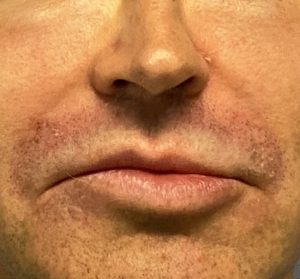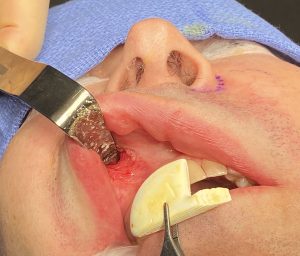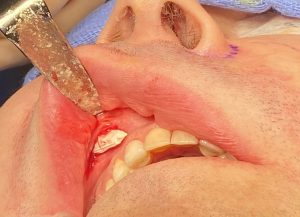Central midface augmentation refers to varying amounts of pyriform aperture implant coverages. The most common area is the paranasal region which lies under the base of the nostrils. This maxillary region has a slightly concave surface contour as a defined rim of bone around the nasal cavity. It is typically treated as a skeletal deformity most commonly due to midfacial hypoplasia using paranasal implants which have a long history of being composed of various materials and different shapes.
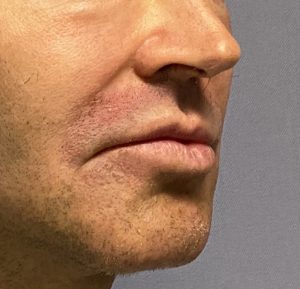
Fillers are used to mask the depth of these folds which are always greatest by the side of the nose. Few think of the use of paranasal implants as a nasolabial fold implant rather than using injectable filler. But they can be very effective for the nasal component of deeper nasolabial folds as a solid push off of the bone outward on the soft tissues at the base of the nostrils..

In the placement of paranasal implants the incision need not be very big and it needs to stay well above the mucogingival junction. It also needs to be high enough so a good muscle cuff is left on the inferior side of the incision for closure. Through this incision an adequate subperiosteal pocket can still be made. The size of the implant vs that of the incision may seem to be a mismatch but the implant will fit through it.
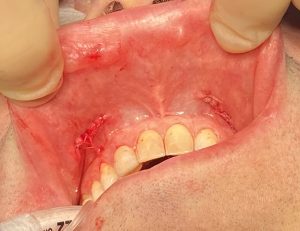
While the paranasal implant is intended to treat a midface hypoplasia and lack of nasal base projection, it can also be effective in the improvement of soft tissue-based deep overlying nasolabal fold. It works best in the nasolabial fold patient that also has a flatter mid facial profile where it can still look natural while improving both aesthetic hard and soft tissue deficiencies.
Dr. Barry Eppley
World Renowned Plastic Surgeon




